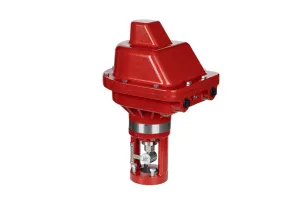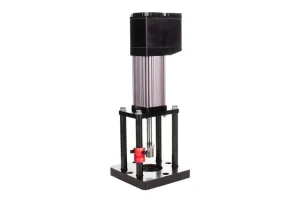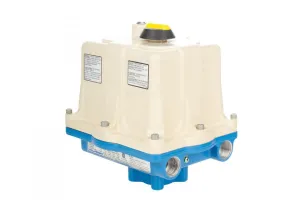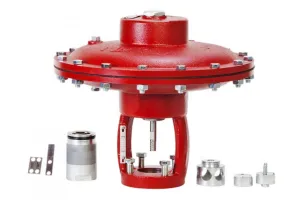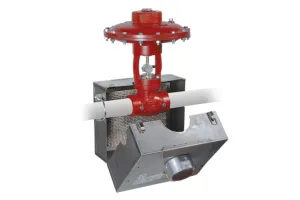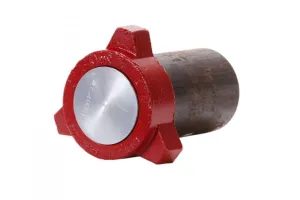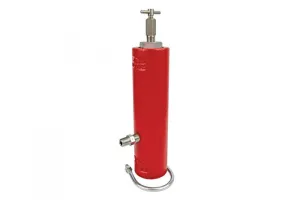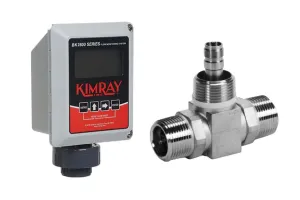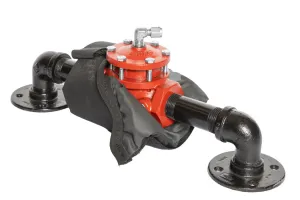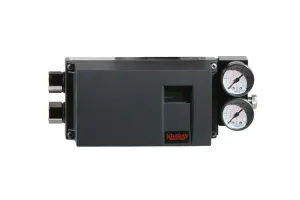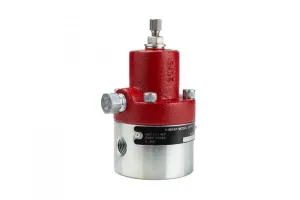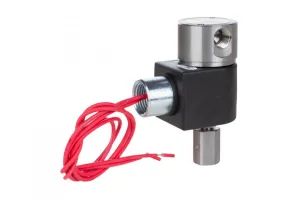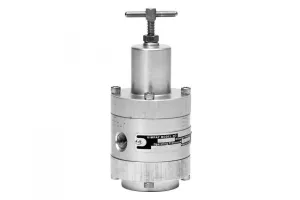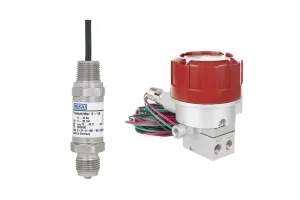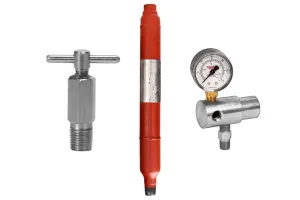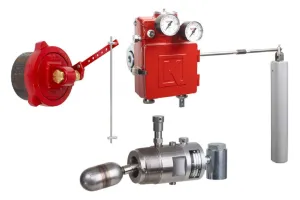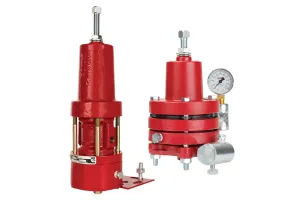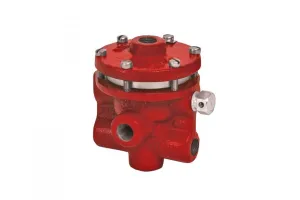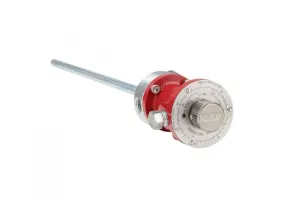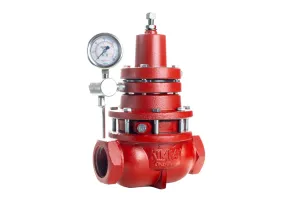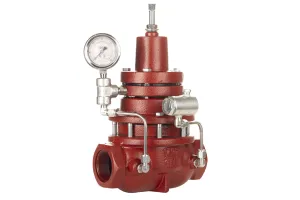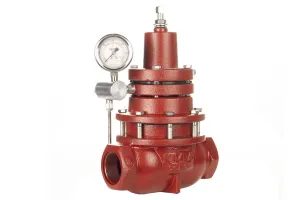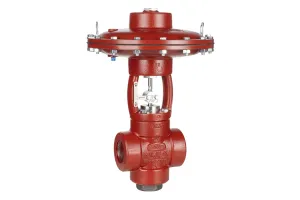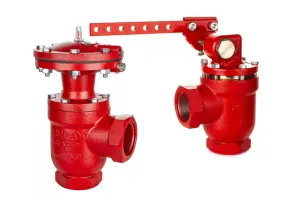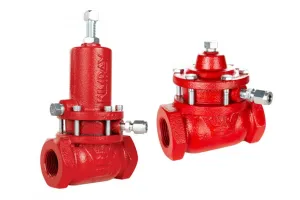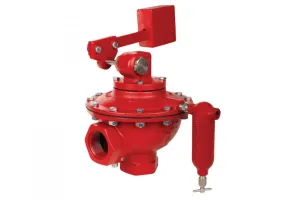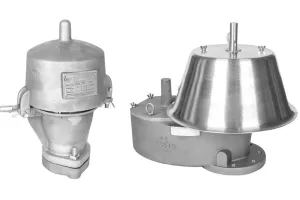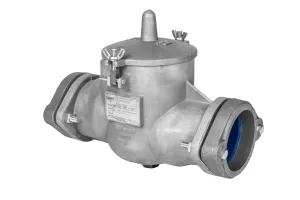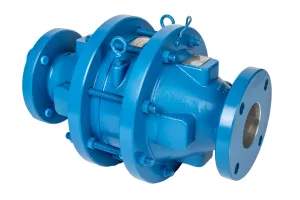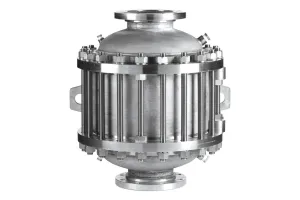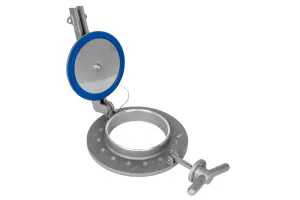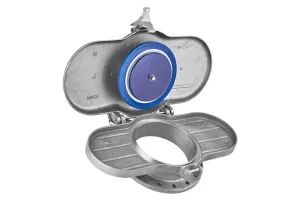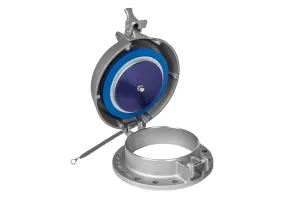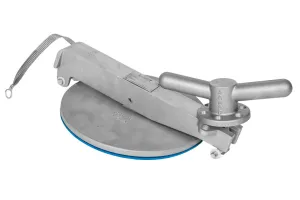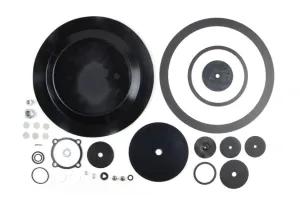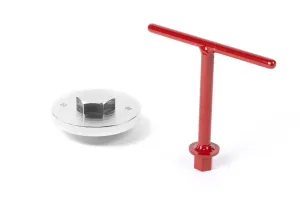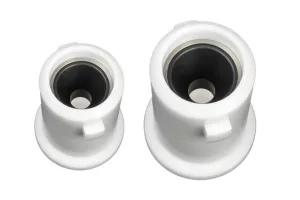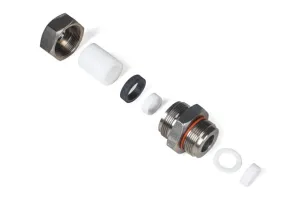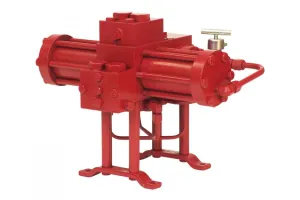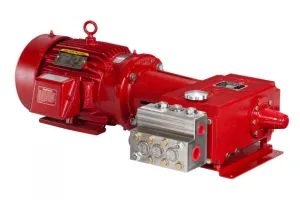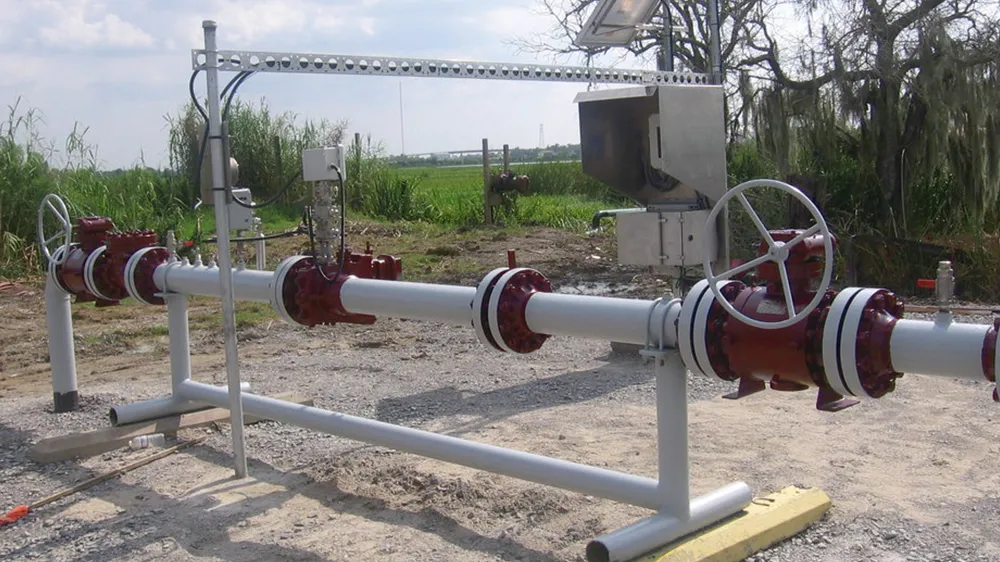
Producers use oil and gas measurement methods to monitor production and sales volumes and detect leaks.
In this article we'll explain the basics of measuring gas, oil, water, and triethylene glycol.
Gas Measurement
One primary resource producers recover from a well is natural gas. Depending on the type of well, gas volume may be large or small.
After a producer extracts gas to the surface and separates it using various production vessels, they will route it in three primary directions: pneumatic instrument control, flaring, or sales.
When sent to a sales line, the natural gas will go through a gas meter to be measured and a temperature transmitter will record the temperature. This is where custody transfer takes place.
Typically this transaction involves a midstream company purchasing the gas from the upstream company.
Oil Measurement
The most valuable resource a well produces is oil. When it first comes out of a well, the oil is mixed with gas and water.
After producers separate it with various production vessels, they will measure the amount moving to storage with turbine meters. This requires a long, smooth run of pipe with no welding burrs or obstructions inside.
Water Measurement
In oil and gas production you are always managing water. Producers must to measure and report how much water they are disposing of.
They may do this with a turbine meter or Coriolis meter. While more expensive, Coriolis meters tend to be more popular for this application because there are no moving parts inside.
Triethylene Glycol Measurement
Natural gas producers use triethylene glycol (TEG) to dehydrate gas. It is the key agent in a natural gas dehydration system,
If the producer has an Electric Glycol Pump, they often use a turbine meter on the discharge of the pump to measure TEG, and then a variable frequency drive (VFD) to speed up or slow down the pump to the desired circulation rate.
If a producer has an Energy Exchange Pump, they may do a manual bypass from the discharge back to the suction side of pump. Then after measuring with a meter downstream, they can make a manual adjustment to increase or decrease the amount of fluid going to the tower.
To consult an expert about how Kimray can help you measure your gas, oil, water, or TEG, contact your local store or authorized distributor.
